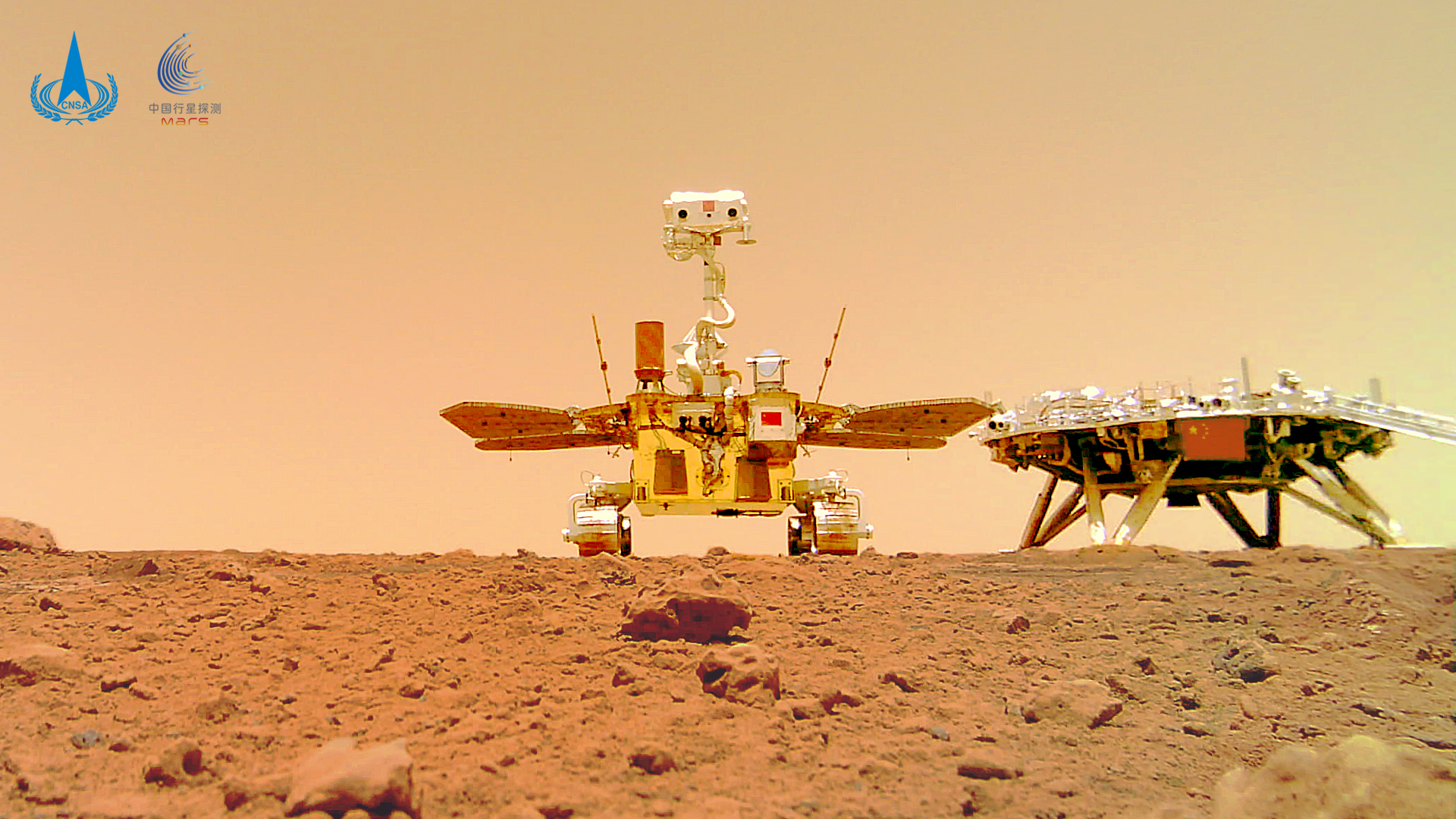China has big plans for its new Tiandu space exploration laboratory
The lab will conduct a variety of research focused on major deep-space exploration projects.

China has established a deep-space exploration laboratory here on Earth to support the development of the country's growing plans for lunar and planetary missions.
The Tiandu laboratory will conduct science, technology and engineering research focused on major deep-space exploration projects, according to the China National Space Administration (CNSA). Few details of the project have been revealed, but CNSA said it would support the lab to develop large-scale basic scientific research facilities.
Zhang Kejian, head of CNSA, told Chinese state media that the laboratory would support upcoming lunar missions, China's planetary exploration program, the International Lunar Research Station (ILRS) and plans for an asteroid defense system.
Related: The latest news about China's space program
Tiandu is also intended to foster international scientific programs and cooperation projects. China has engaged in space collaboration with Europe, and Russia aims to attract national, commercial and science partners for the ILRS, a joint China-Russia plan to build a moon base in the 2030s.
"The laboratory is open to the world; it is an open platform," Wu Weiren, chief designer of China's lunar exploration program, told Chinese media in March. "We hope to attract international talents to work in the lab."
The Tiandu laboratory is based in Hefei, the capital of China's Anhui province, and was inaugurated in February. It was founded jointly by the CNSA, the Anhui Province government and the University of Science and Technology of China. It will also have a branch in Beijing.
Breaking space news, the latest updates on rocket launches, skywatching events and more!
The development follows a number of major Chinese exploration milestones and seeks to support an overall strategy of making China a comprehensive space power. For example, in 2020, China launched its first independent interplanetary effort, the Tianwen 1 Mars mission, and collected the first samples from the moon in more than 40 years with the Chang'e 5 mission.
The next steps, which were outlined in January, will be supported by the new laboratory. China's next lunar missions will be the Chang'e 6 sample return effort and multi-spacecraft Chang'e 7 project, both of which will target the moon's south pole and launch around 2024. Another mission, Chang'e 8, will focus on in-situ resource utilization and technology tests, including 3D printing, and is expected to launch before the end of the decade.
The country's planetary plans include a Mars sample return effort around 2030, a mission to send a probe to the Jupiter system, a mission that will both return asteroid samples and study a comet up close, and a mission to launch a pair of spacecraft to the edges of the solar system.
Last year, China also held its first planetary defense conference, with presentations on a range of related studies, systems and technologies.
Follow us on Twitter @Spacedotcom or on Facebook.

Andrew is a freelance space journalist with a focus on reporting on China's rapidly growing space sector. He began writing for Space.com in 2019 and writes for SpaceNews, IEEE Spectrum, National Geographic, Sky & Telescope, New Scientist and others. Andrew first caught the space bug when, as a youngster, he saw Voyager images of other worlds in our solar system for the first time. Away from space, Andrew enjoys trail running in the forests of Finland. You can follow him on Twitter @AJ_FI.
